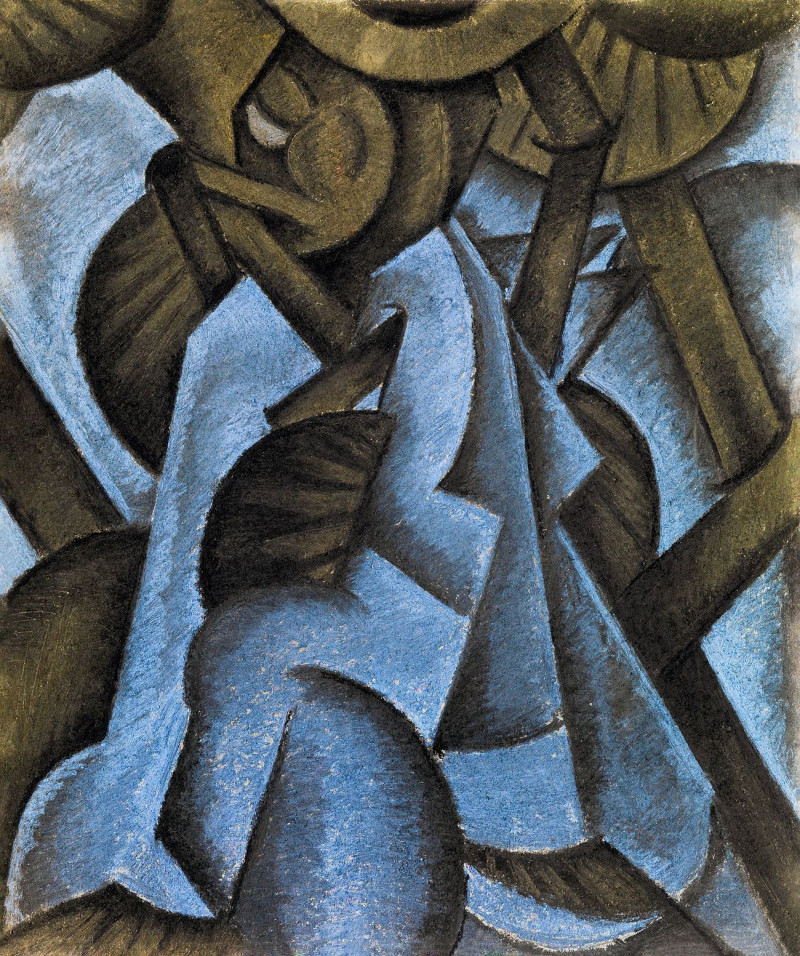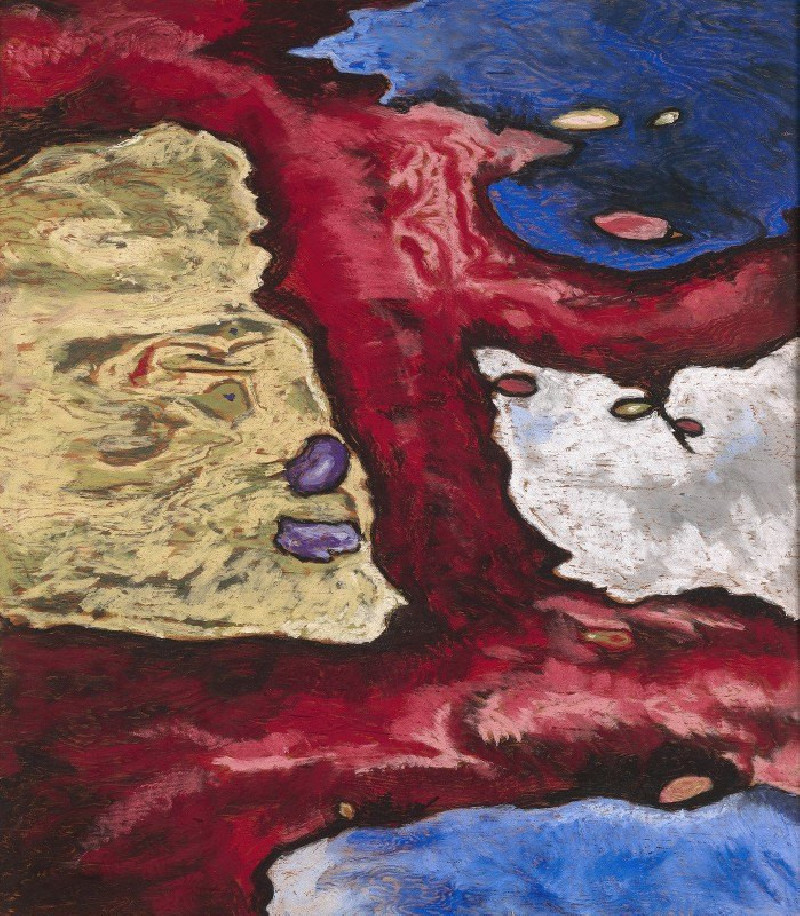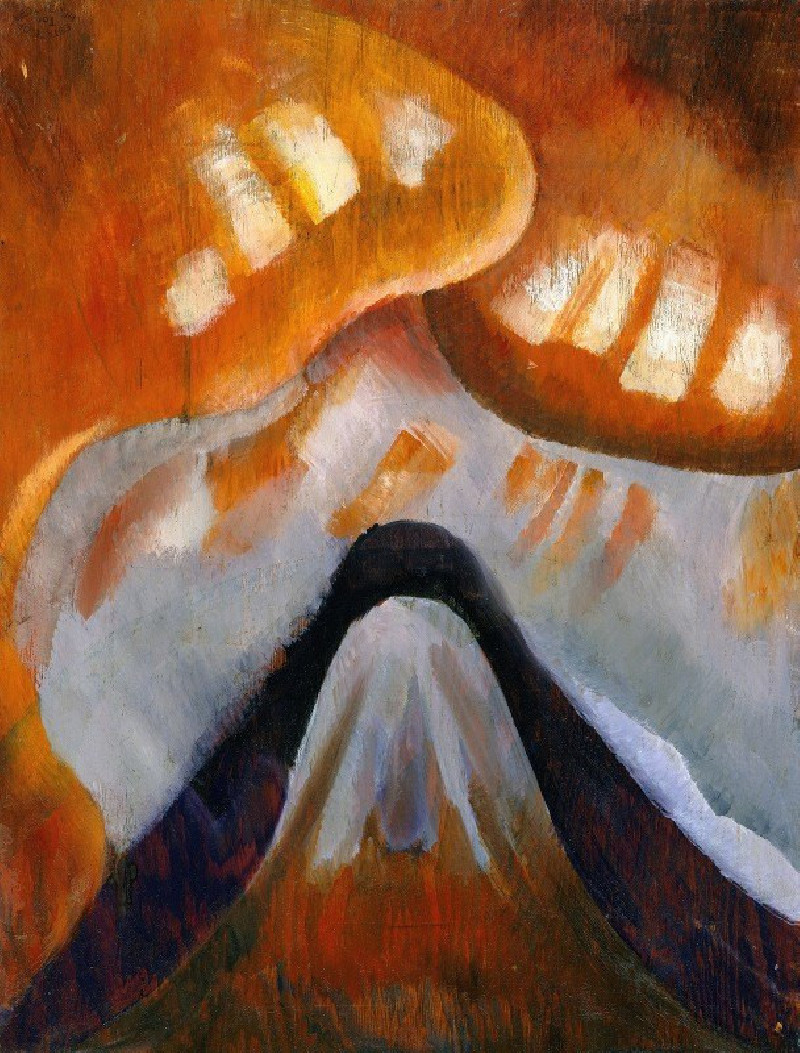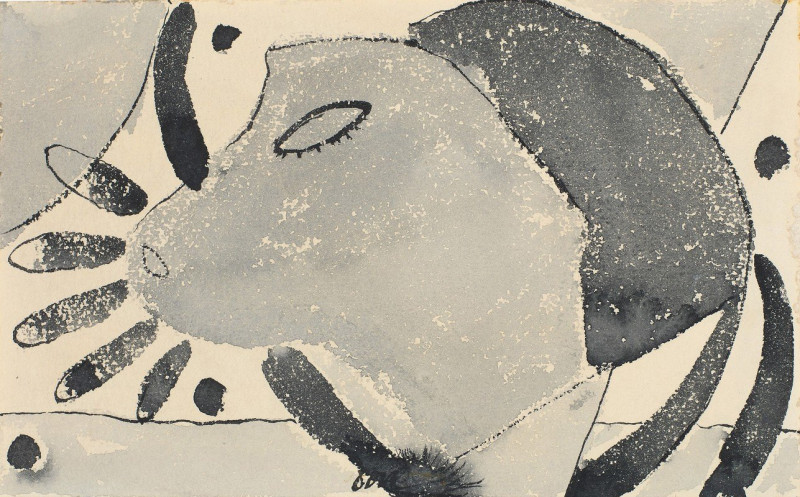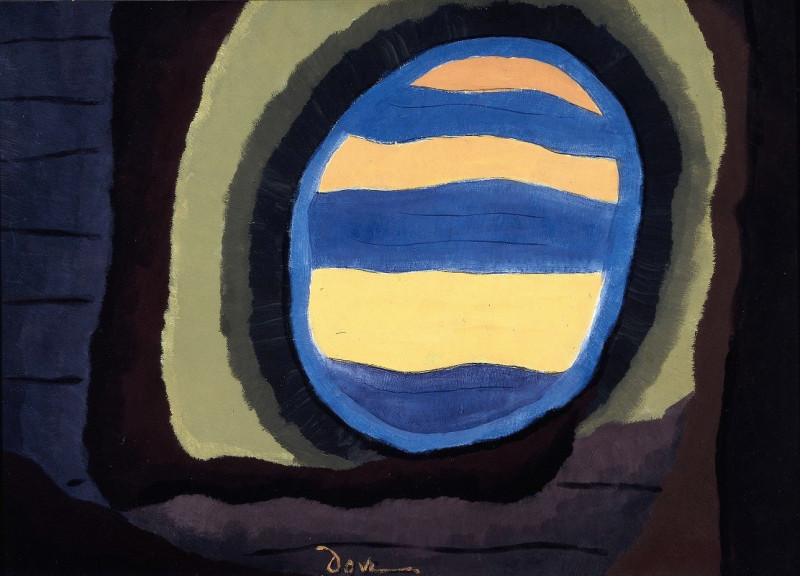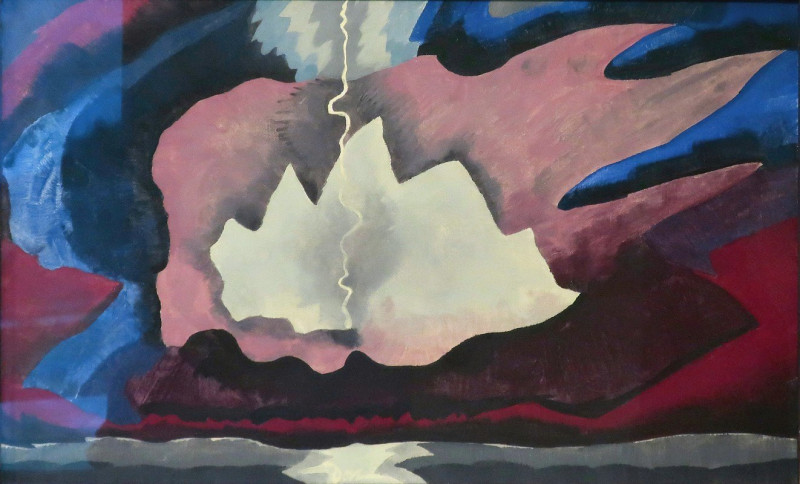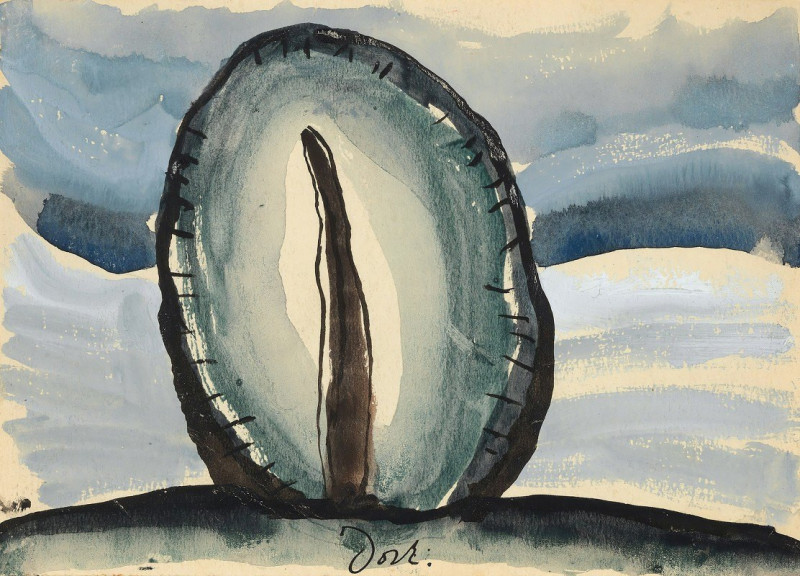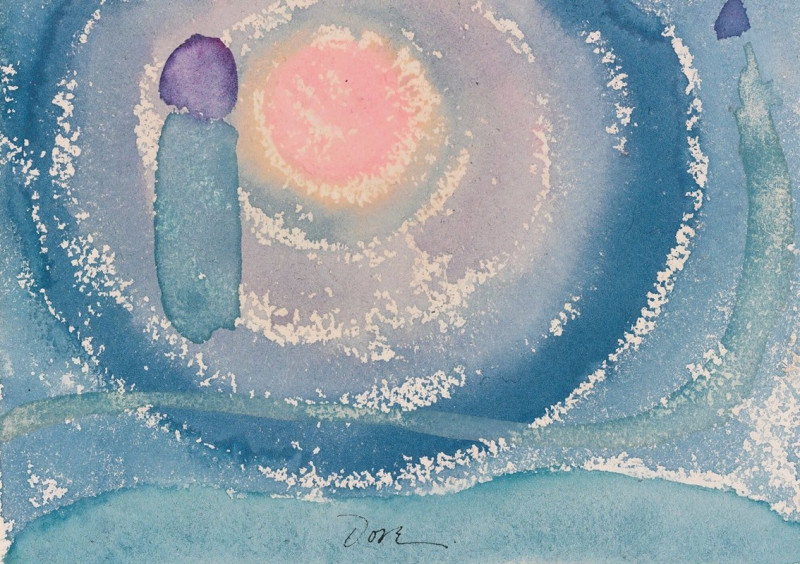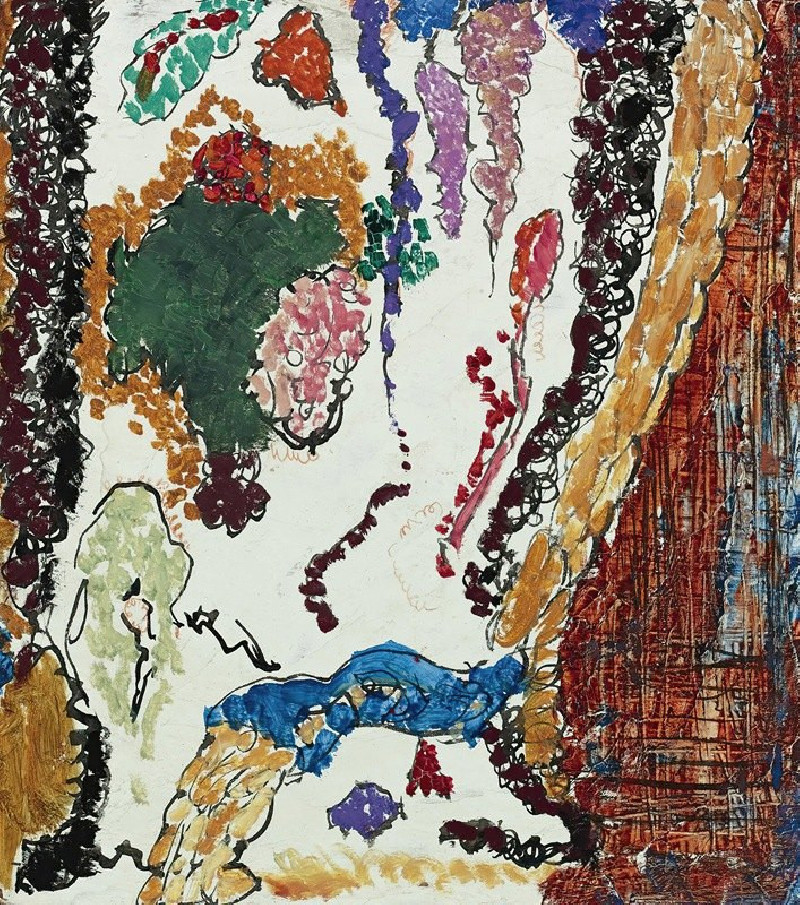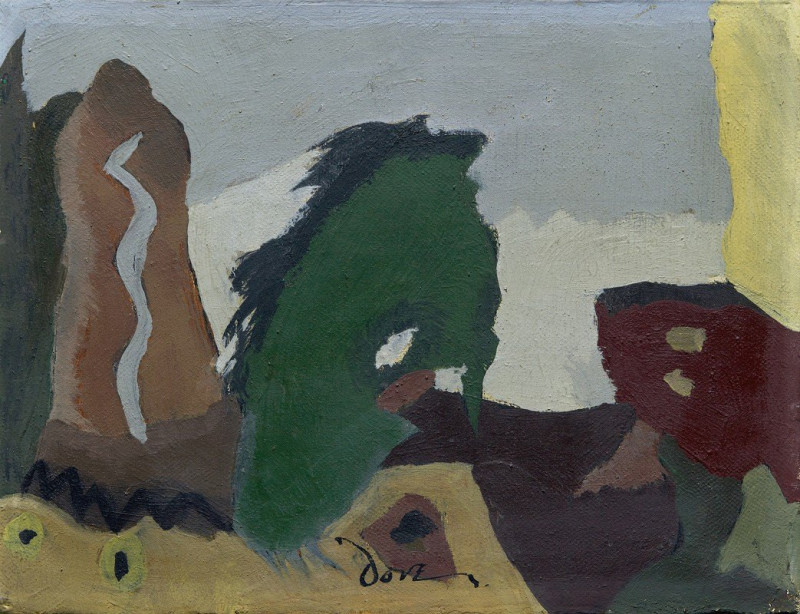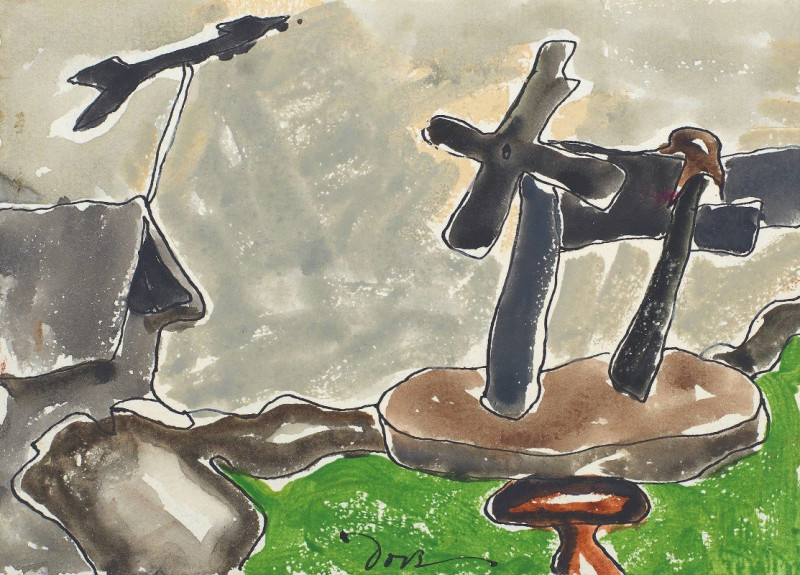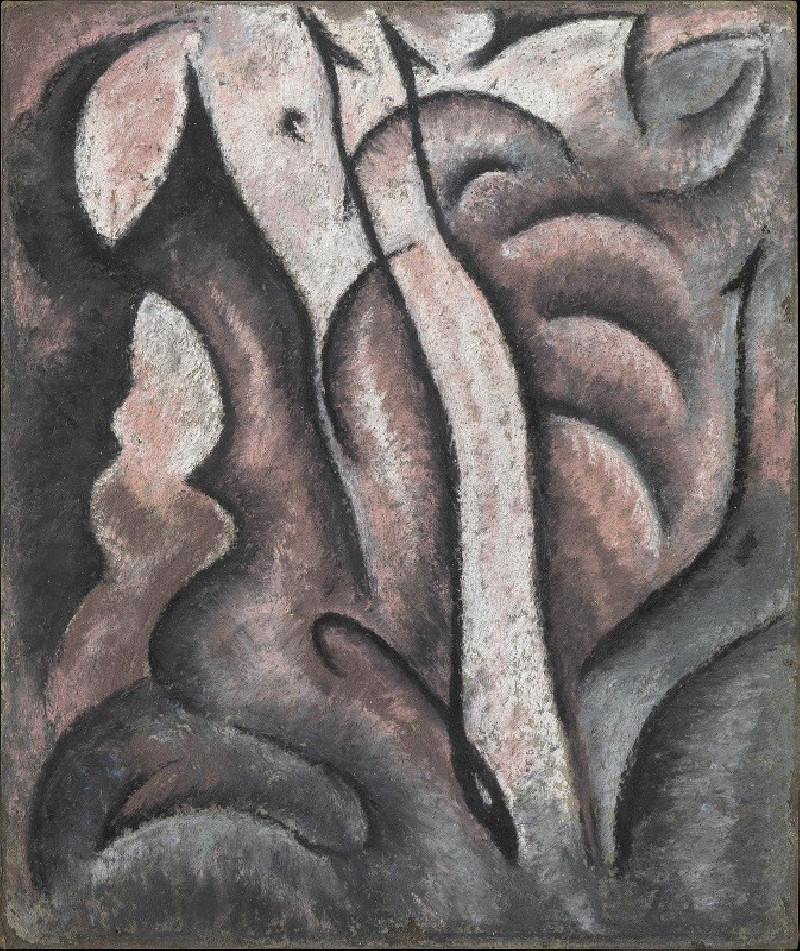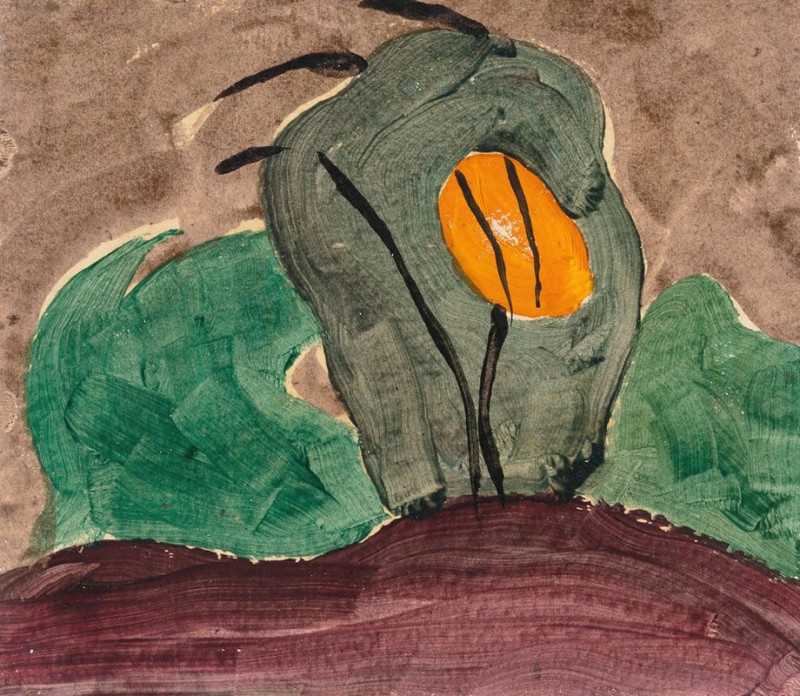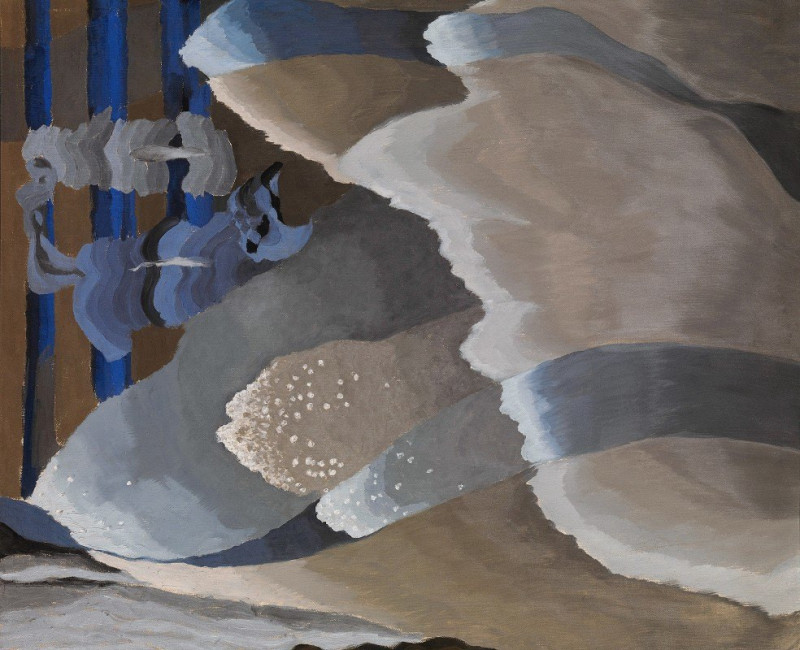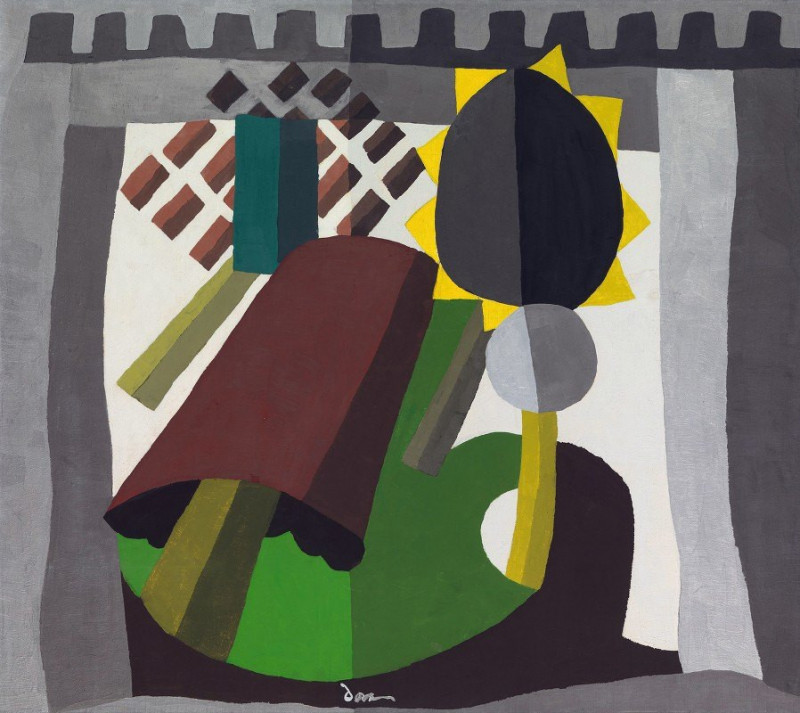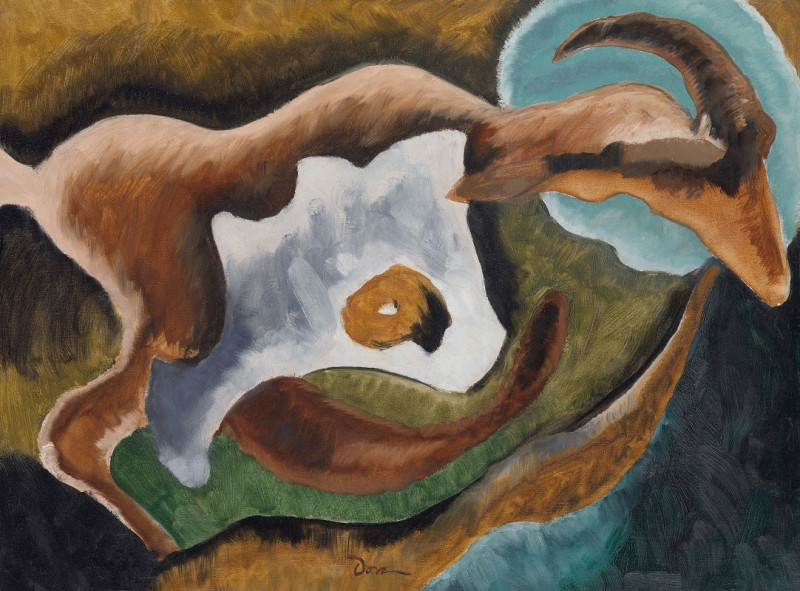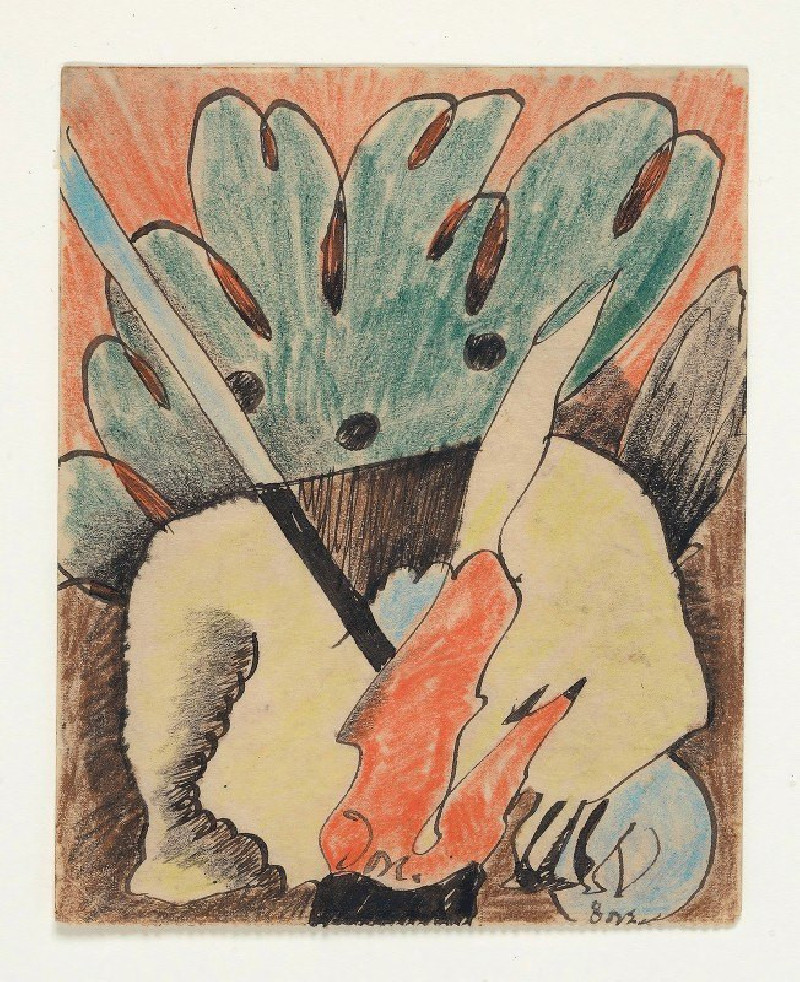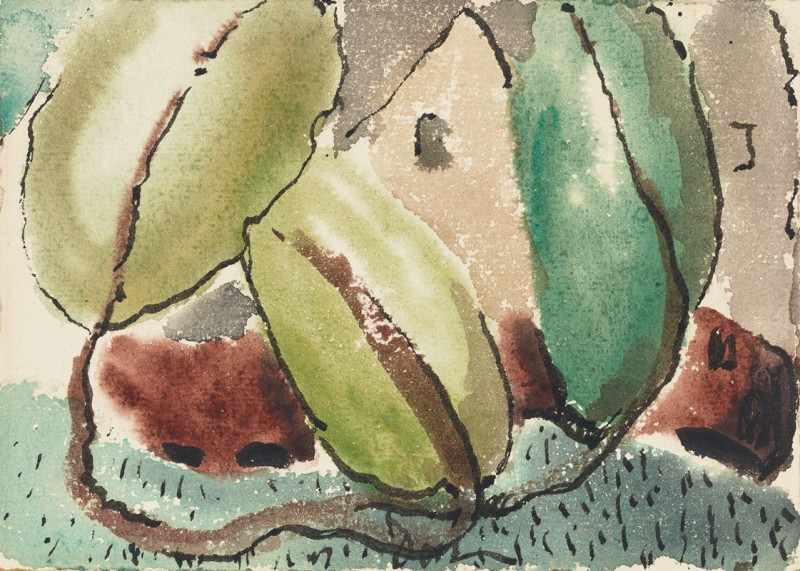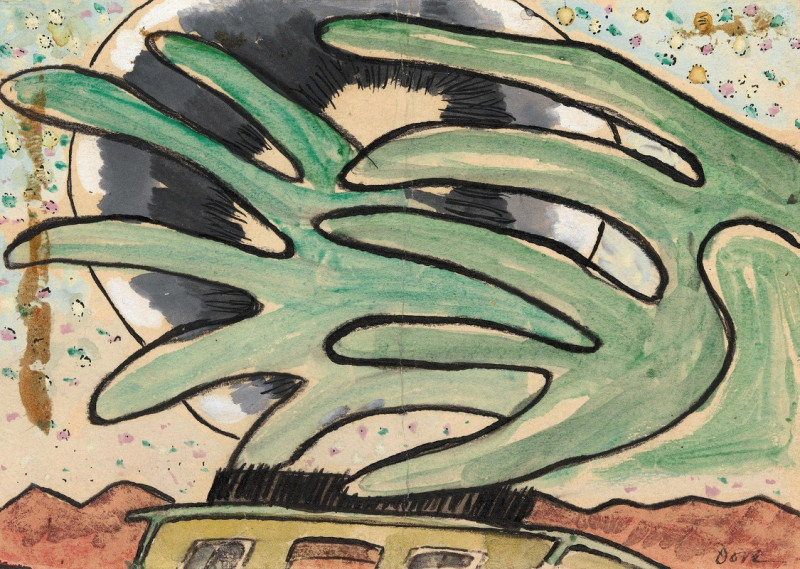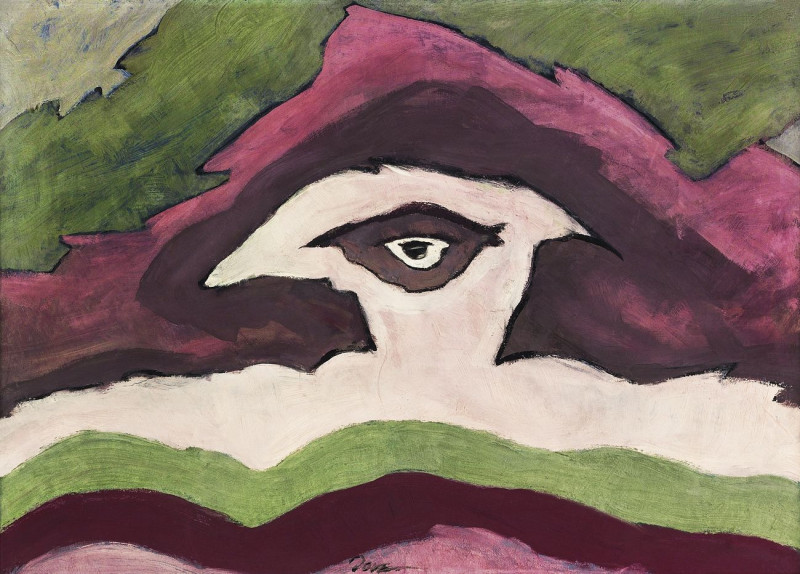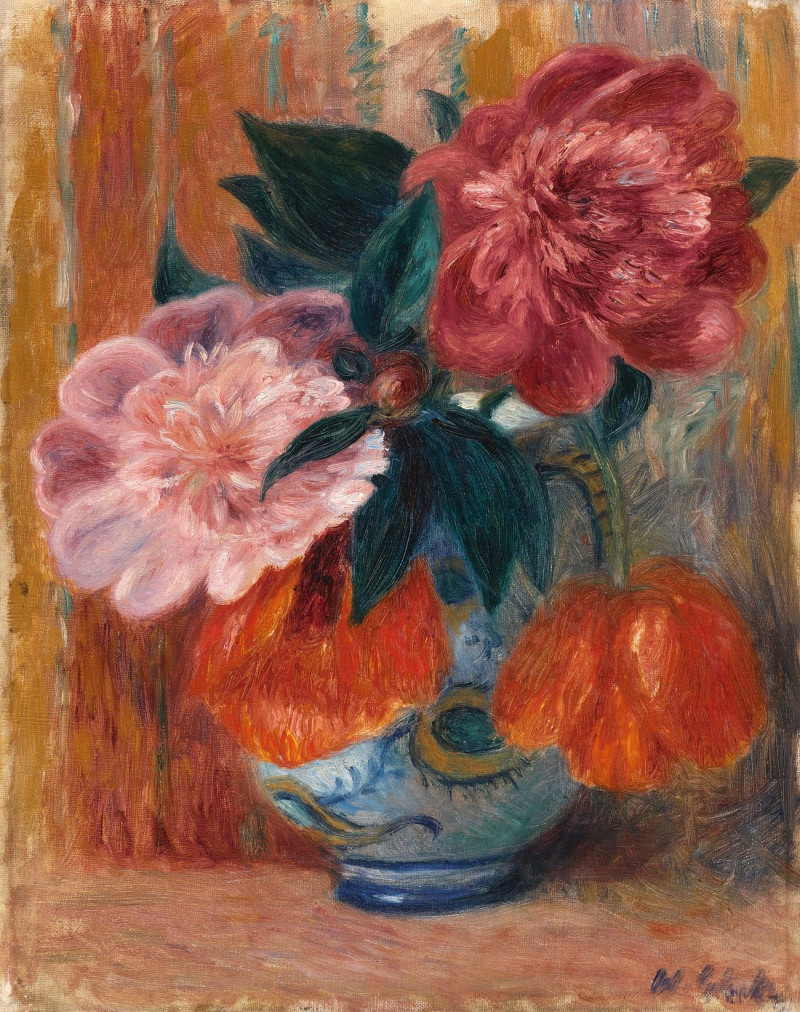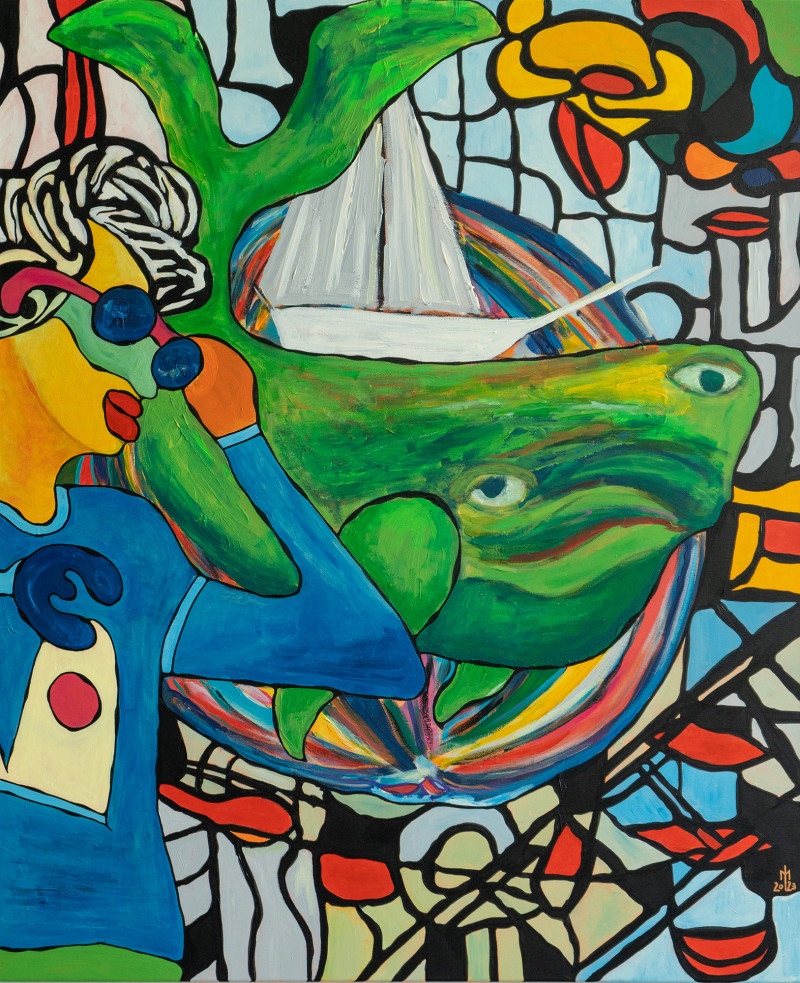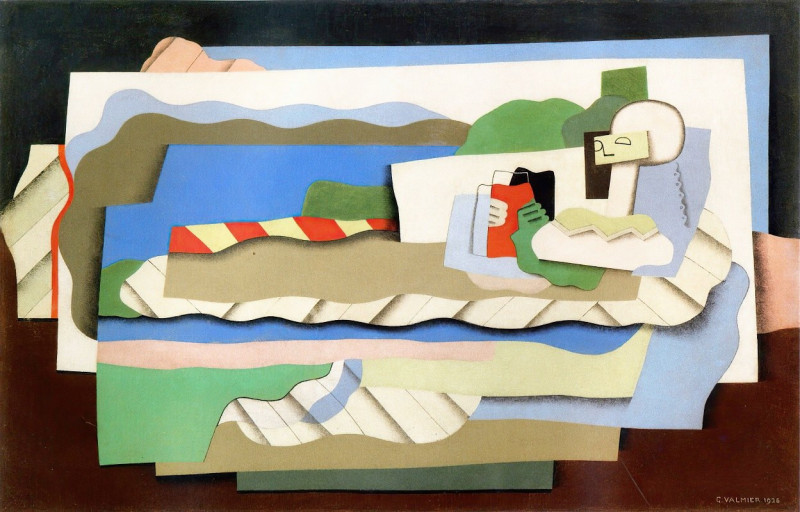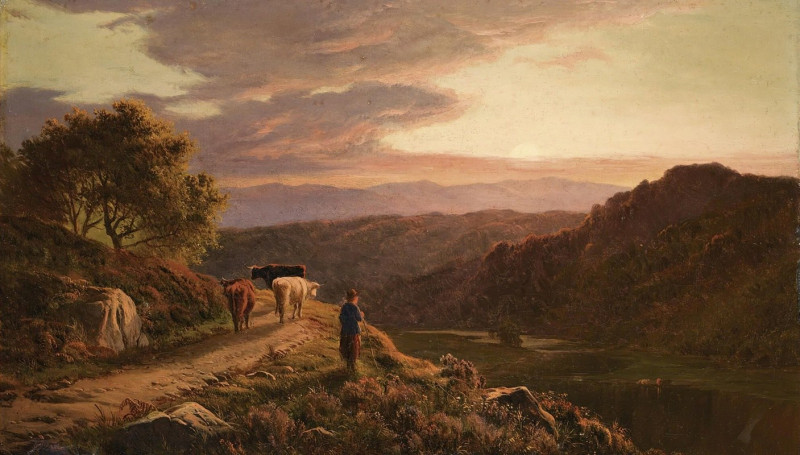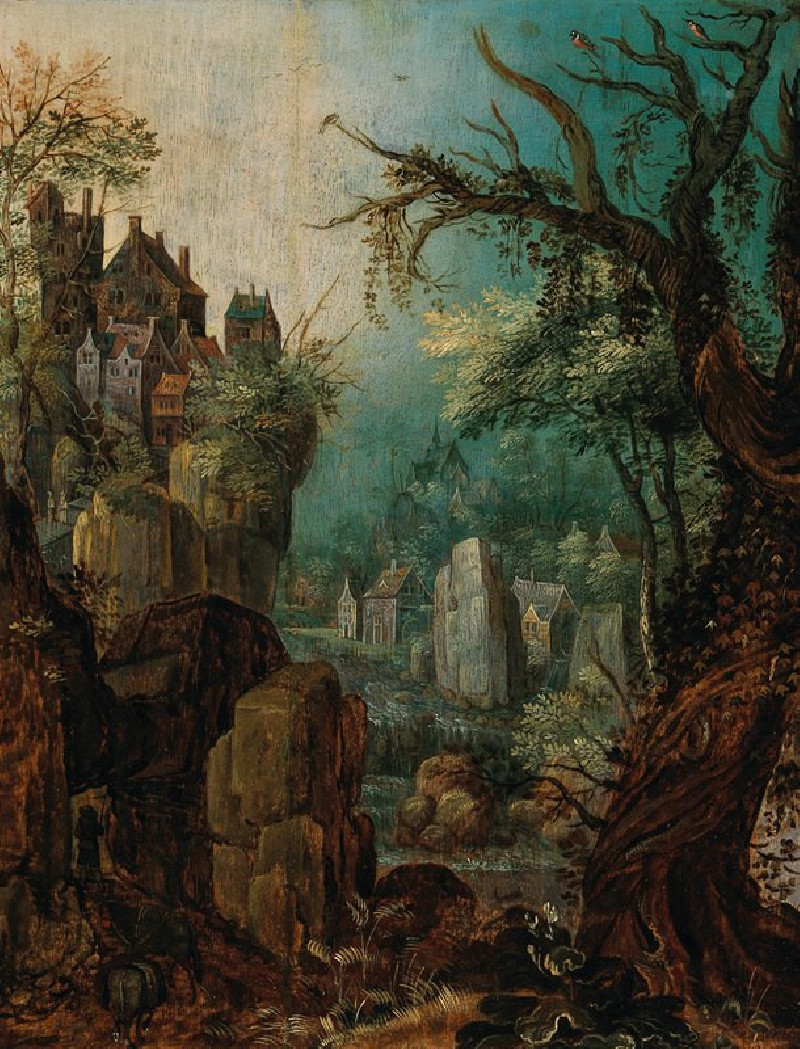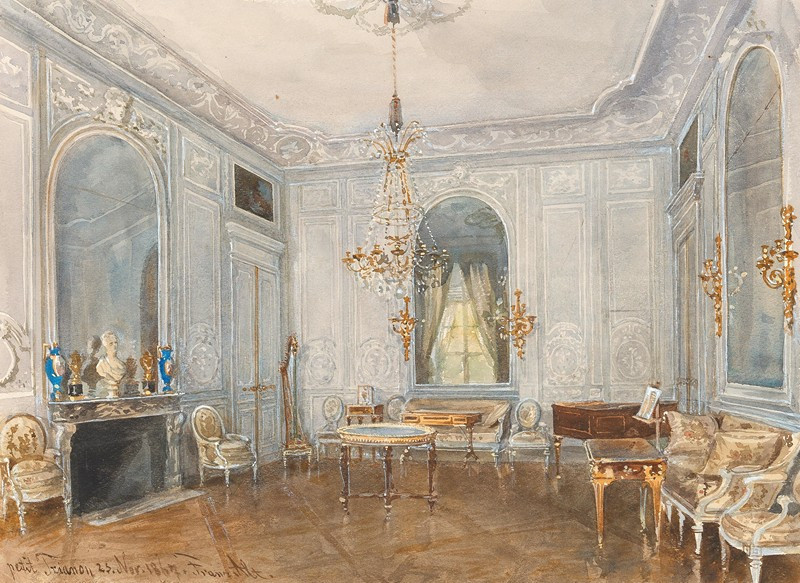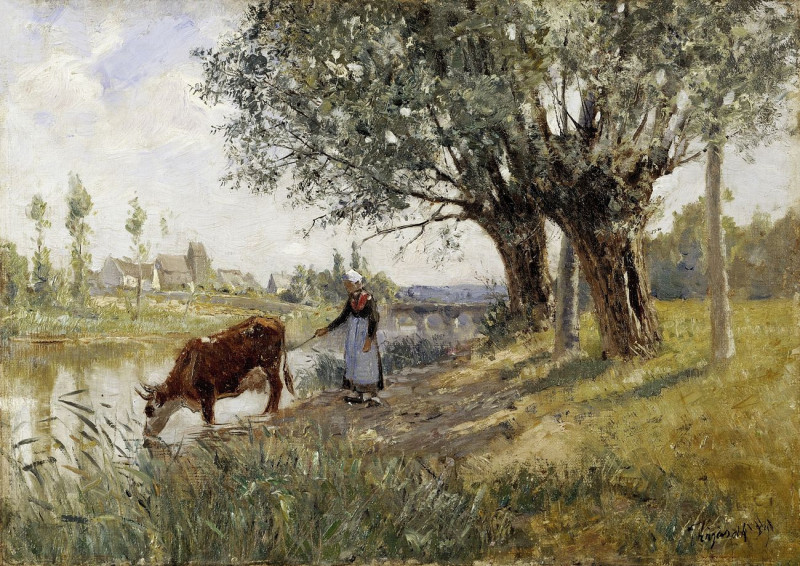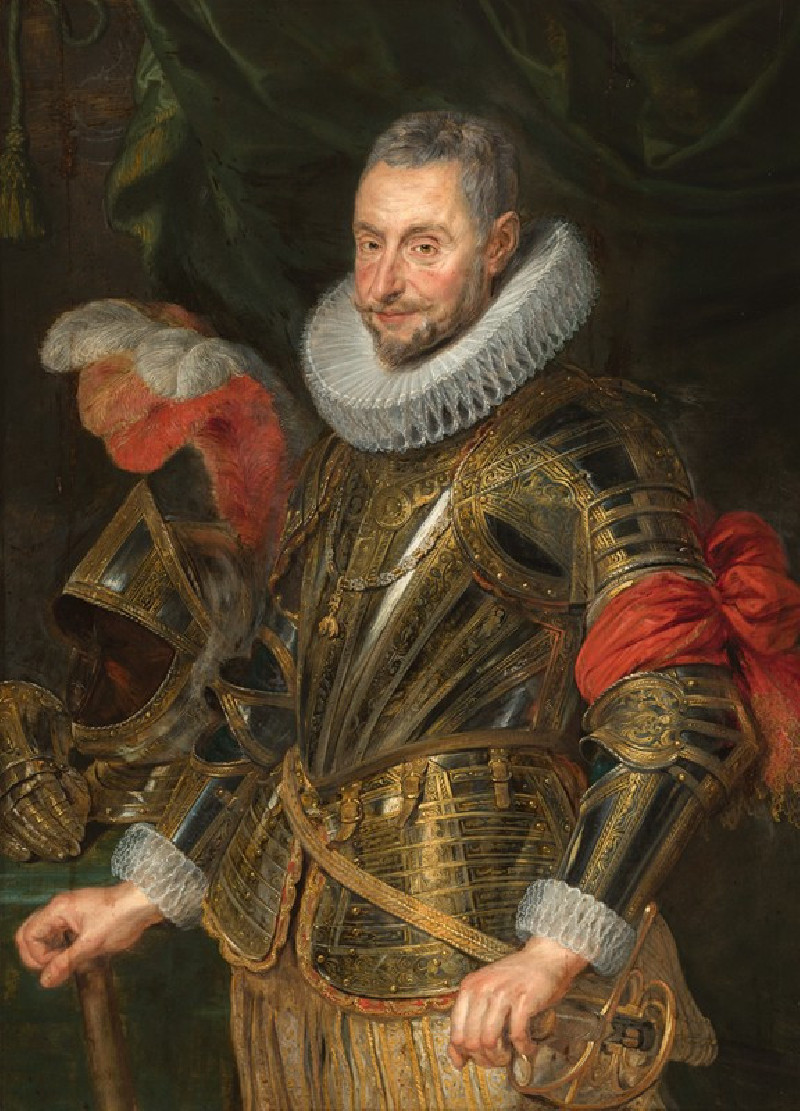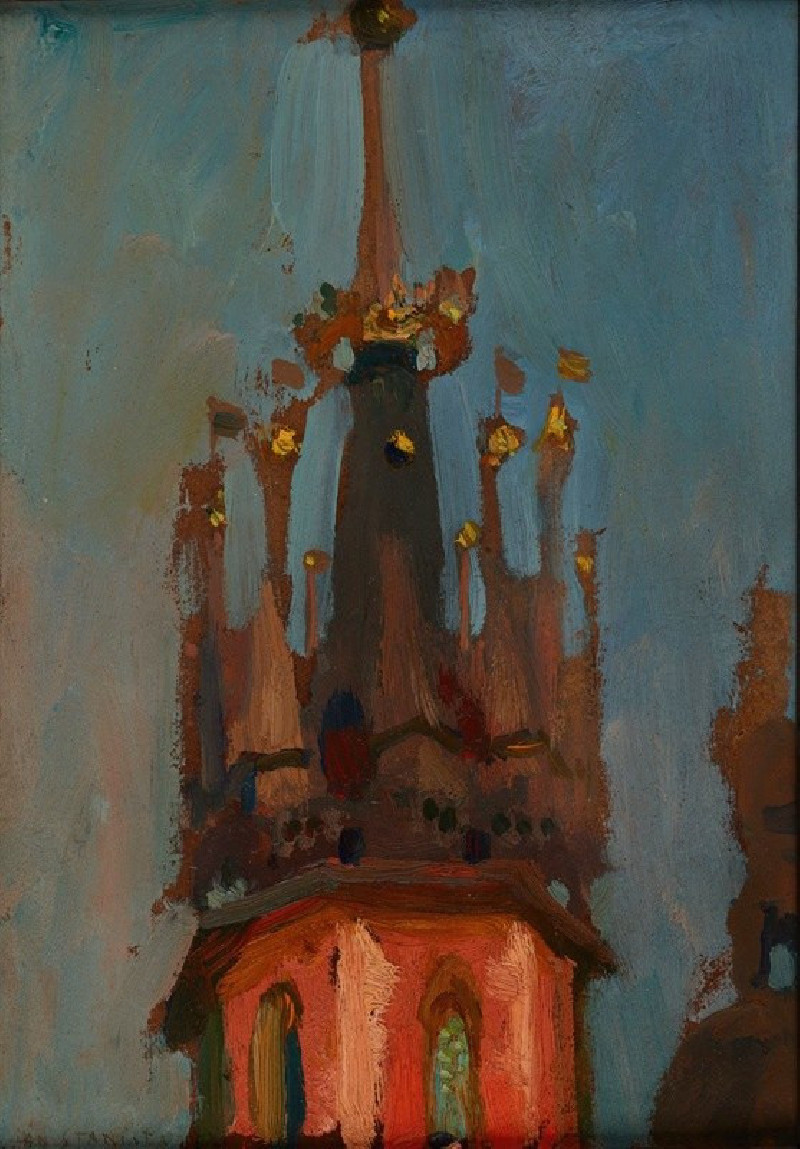Arthur Dove'S Pagan Philosophy
Technique: Giclée quality print
Recommended by our customers
More about this artwork
Arthur Dove's painting "Pagan Philosophy" is a captivating example of his abstract style, where forms and colors intermingle to evoke rather than to depict directly. In this work, we see a tumult of organic shapes and curvilinear forms that seem to swirl around and fold into each other. The palette is rather subdued, consisting mostly of grays and deep blues, with occasional warmer tones that suggest the presence of natural elements or light infiltrating the composition.Dove, often considered one of the first American abstract painters, tends to transcend literal representations, aiming more to capture the essence or the energy of his subjects. In "Pagan Philosophy," the arrangement of shapes and the interaction of colors could be interpreted as a visual representation of philosophical concepts or natural forces contending and blending with each other. The abstract elements might symbolize a variety of ideas related to ancient or naturalist beliefs, suggested by the word "Pagan" in the title.The dynamic composition invites the viewer to navigate through the forms, discovering personal interpretations and emotional resonances, which is a hallmark of Dove’s artistic intention — to evoke rather than to narrate plainly.
Delivery
Returns
Arthur Dove was a Modernist American artist well known for landscapes and abstract paintings. Dove produced commercial illustration works for magazines including Harper’s Magazine. After returning from Paris, Dove met Alfred Stieglitz who mentored him. During his life, he created a number of inventive and distinguishing artworks using stylize abstract forms, often representing nature including sunrise, trees, water, waterfall, and thunderstorm. Dove’s fame continued to grow after his death. He is said to influence the first generation of Abstract Expressionists, such as Jackson Pollock and Mark Rothko.

